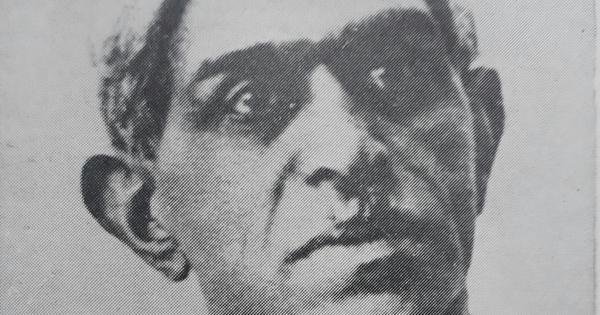Germany and India: A Historical Bond
Early Connections Between Germany and India
Germany’s interest in India began in 1886. They opened their first embassy in Calcutta, then British India’s capital. Germany sent skilled officers to manage relations. At that time, Germany was strong in Europe, while Britain stood alone despite its victories.
Britain was wary of several countries, including Russia, France, Japan, and Turkey. Turkey’s Pan-Islamism had the trust of India’s 85 million Muslims. Britain feared the Muslim community and kept them out of the army. Instead, they trusted Sikhs and Gurkhas for their loyalty.
Muslim Feelings and British Worries
Indian Muslims respected the caliphate. There were reports of people from the Ottoman Empire urging Indian Muslims to revolt against British rule. Turkey’s victory over Greece in 1897 was celebrated in India too. Indian Muslims were angry with the Queen for not supporting the caliphate and for favoring Armenians in another conflict.
Britain tried to improve relations by sending medical missions and financial aid to Turkey. But it was unclear if this would win the sympathies of Indian Muslims. There was a fear that Russia might conquer Turkey and, with the support of Muslims, invade India. Germany watched these fears but did not provoke them.
Germany’s Expansion Plans
Germany did not openly desire India’s freedom. Kaiser Wilhelm II praised Lord Curzon, the British Viceroy in India. The Kaiser believed in the supremacy of the white man. Curzon wanted to maintain and expand the British Empire, keeping other powers like Russia, France, Japan, and Germany out.
Britain was wary of Germany. There was only an outward show of friendship between the two nations. Germany needed British help for business in India. They did not want to antagonize Britain. When India suffered a famine in 1900, the Kaiser pledged half a million marks in aid.
Lord Curzon’s Position
Lord Curzon thanked the Kaiser publicly for the generous offer. But this kindness did not erase Britain’s distrust. Germany wanted Curzon to allow Indian labor to settle in German East Africa. This colony was suffering from a labor shortage. However, Curzon’s approval never came.
Germany also wanted Curzon to approve the Baghdad Railway project in the Persian Gulf. Curzon was protective of this area. The Kaiser got the nod for the railway, but the project faced difficulties later.
Changing Alliances and Rising Tensions
In 1905, Britain included India’s safeguard in its treaty with Japan. Issues with Russia were also sorted out. The trio of England, Russia, and Japan grew strong. Germany felt targeted by them and other European nations for its expansionist policies. Austria-Hungary was Germany’s only ally.
In late 1907, Germany’s fears about encirclement proved right. Britain raised objections to the Baghdad Railway project, fearing it posed a threat to Indian security. The Kaiser objected to this. The stage for war was being set.
German Fears and Indian Nationalism
Germany feared that Turkey might use the railway to send troops into India if a conflict arose. Britain and Russia also feared that Turkey would seek support from Indian Muslims. Germany watched the growing friendship between Britain and Russia. They also saw the rise of Indian nationalism, which interested them.
Germany’s attitude towards India changed as war approached. Educated Indians impressed them with their intelligence. Indian oppression began to look real, and their fight for rights appeared just. Germany started to see India’s independence struggle as a way to weaken Britain’s defense.
Indian Revolutionaries and German Help
Indian revolutionaries in Europe were being hunted by British authorities. They turned to Berlin, which was ready to welcome them. Bengali revolutionaries and groups like the Dacca Anushilan Samiti and Jugantar sought German help. This association grew stronger after the start of World War I in July 1914.
The Indian National Party, later known as the Berlin Indian Independence Committee, was formed in late 1914. Virendranath Chattopadhyaya, who was studying in Germany, was its architect. He was closely involved with Shyamaji Krishnavarma’s India House and was a close friend of Savarkar.

Excerpted with permission from The Ghadar Movement: A Forgotten Struggle, Rana Preet Gill, Penguin India.



